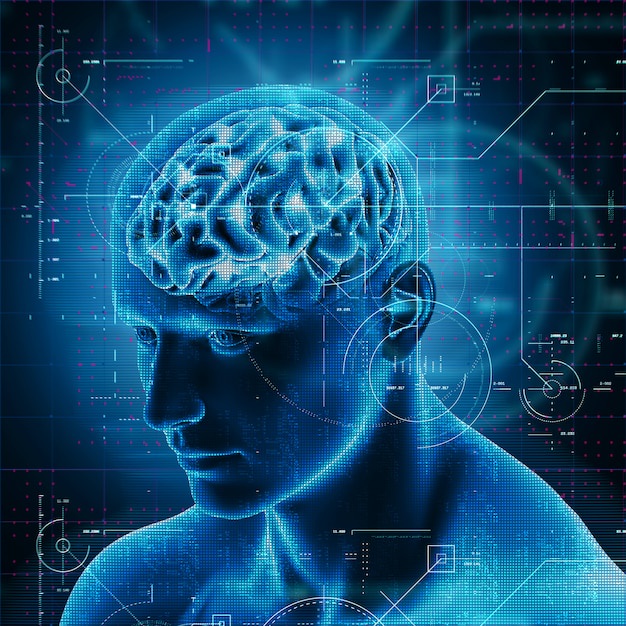In the ever-evolving landscape of neuroscience, two cutting-edge technologies have emerged as pioneers, unraveling the mysteries of the human brain: Neuroimaging and Brain-Computer Interfaces (BCIs). These groundbreaking innovations have not only transformed our understanding of the brain but also hold immense promise for revolutionizing various fields, from healthcare to technology.
Neuroimaging: A Window into the Brain's Complexity Neuroimaging techniques have revolutionized the field of neuroscience by providing unprecedented insights into the structure and function of the brain. Magnetic Resonance Imaging (MRI), Functional MRI (fMRI), Positron Emission Tomography (PET), and Electroencephalography (EEG) are among the diverse array of neuroimaging tools that researchers employ to study the brain.
MRI and fMRI allow scientists to visualize the brain's anatomical structures and track changes in blood flow, providing crucial information about brain activity. PET scans use radioactive tracers to monitor metabolic processes in the brain, offering valuable data for understanding various neurological conditions. EEG, on the other hand, records electrical activity in the brain, enabling real-time monitoring of neural responses.
These neuroimaging techniques play a pivotal role in diagnosing and understanding neurological disorders such as Alzheimer's, Parkinson's, and schizophrenia. Additionally, they contribute significantly to neuroscience research, offering a deeper understanding of cognitive functions, emotions, and even the impact of external stimuli on the brain.
Brain-Computer Interfaces: Bridging the Gap Between Mind and Machine In the realm of Brain-Computer Interfaces, science fiction is becoming a reality. BCIs establish a direct communication pathway between the brain and external devices, opening up a myriad of possibilities for enhancing human capabilities and improving the lives of individuals with disabilities.
BCIs work by interpreting brain signals and translating them into commands for external devices. Electroencephalography (EEG), functional Near-Infrared Spectroscopy (fNIRS), and intracortical microelectrode arrays are some of the technologies utilized in BCIs. These interfaces hold promise for applications ranging from neuroprosthetics and assistive technology to gaming and virtual reality.
One of the most exciting aspects of BCIs is their potential to restore lost functionalities. Individuals with paralysis, for instance, can regain control over prosthetic limbs or computer interfaces through the use of BCIs. Researchers are also exploring the potential of BCIs in enhancing cognitive functions, allowing for direct communication between brains and computers.
The Synergy of Neuroimaging and BCIs: The synergy between neuroimaging and BCIs represents a powerful convergence in neuroscience. Neuroimaging provides the foundational knowledge about brain structure and function, while BCIs leverage this knowledge to establish direct interfaces between the brain and external devices. This collaboration has far-reaching implications for both research and practical applications.
For instance, neuroimaging techniques can be used to precisely map brain regions associated with specific functions, guiding the development of more accurate and efficient BCIs. On the flip side, BCIs offer a real-time window into brain activity, enhancing the temporal resolution of neuroimaging studies.
Conclusion: As we stand at the intersection of neuroimaging and Brain-Computer Interfaces, the future of neuroscience appears remarkably promising. These technologies not only deepen our understanding of the brain but also pave the way for transformative applications in healthcare, communication, and beyond. As researchers continue to push the boundaries of what is possible, the collaboration between neuroimaging and BCIs holds the key to unlocking the full potential of the human brain.


No comments yet